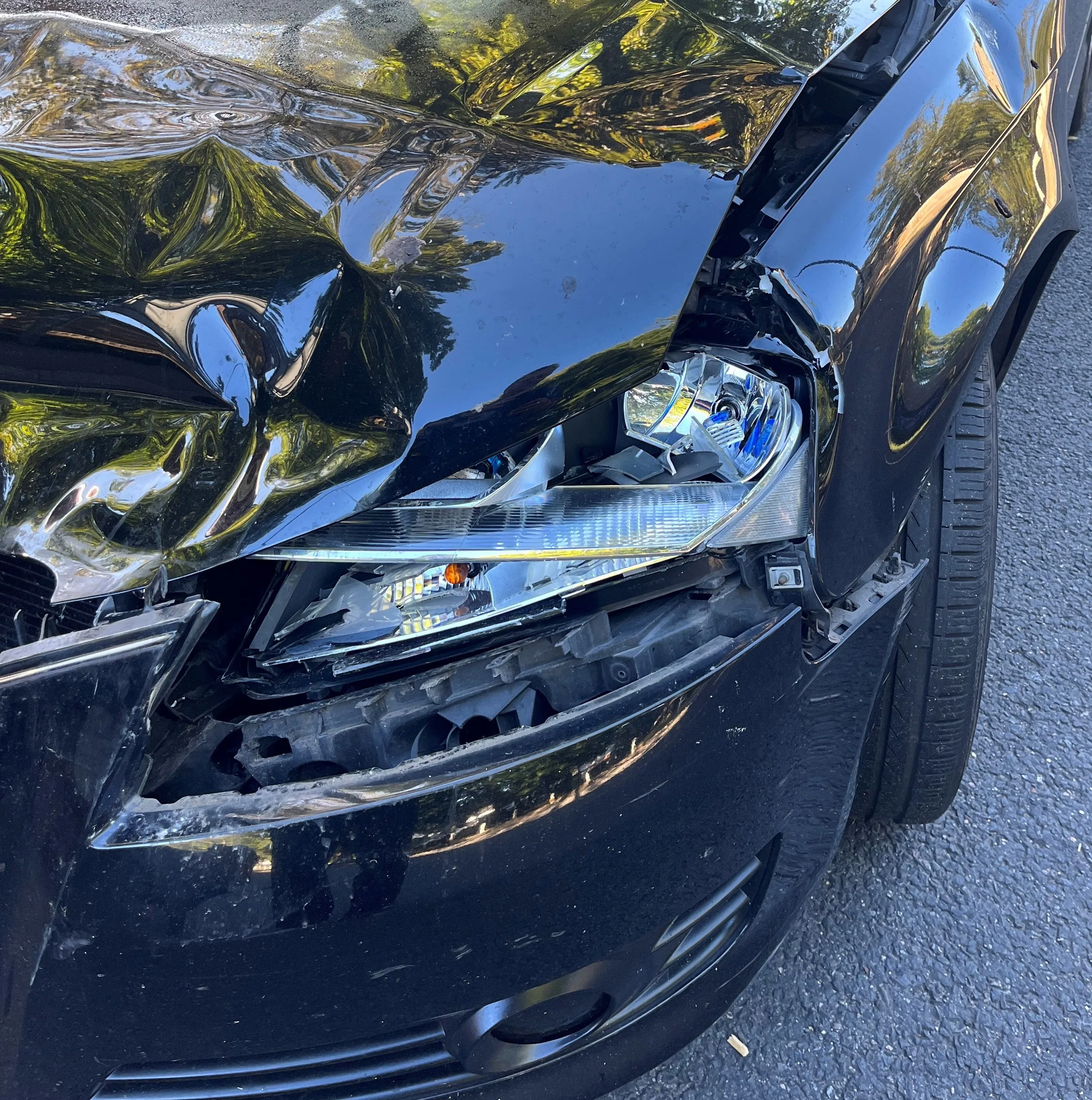A new report commissioned by insurance firm RSA reveals that a high percentage of drivers get behind the wheel despite having defective vision that is not corrected. The study shows that thousands of accidents can be attributed to poor driver vision. Estimates suggest that up 2,900 casualties could be attributed to crashes caused by drivers with uncorrected vision and that this could cost in the region of €41.2 million (£33 million)/year in terms of lost economic activity and emergency crew callouts. Resear
November 9, 2012
Read time: 2 mins
A new report commissioned by insurance firm 6857 RSA reveals that a high percentage of drivers get behind the wheel despite having defective vision that is not corrected. The study shows that thousands of accidents can be attributed to poor driver vision. Estimates suggest that up 2,900 casualties could be attributed to crashes caused by drivers with uncorrected vision and that this could cost in the region of €41.2 million (£33 million)/year in terms of lost economic activity and emergency crew callouts.
Research shows that a significant proportion of crashes are caused by drivers not looking properly. Vulnerable road users such as motorcyclists, cyclist and also pedestrians are particularly at risk from drivers who do not look properly before making a manoeuvre. Data also shows that these vulnerable road users are more likely to be the victim of, rather than the cause of, such accidents. Clearly, the problem of defective vision being uncorrected merely exacerbates the problem.
Safety charity3963 Brake and RSA are both calling for the UK’s existing numberplate reading test to be replaced with a requirement for drivers to have a proper vision test with a qualified professional at the start of their driving career. This new system would also include mandatory re-testing every 10 years timed with driving licence photocard renewal. Drivers should also be encouraged to voluntarily have their eyes tested every two years in line with medical recommendations.
Research shows that a significant proportion of crashes are caused by drivers not looking properly. Vulnerable road users such as motorcyclists, cyclist and also pedestrians are particularly at risk from drivers who do not look properly before making a manoeuvre. Data also shows that these vulnerable road users are more likely to be the victim of, rather than the cause of, such accidents. Clearly, the problem of defective vision being uncorrected merely exacerbates the problem.
Safety charity








